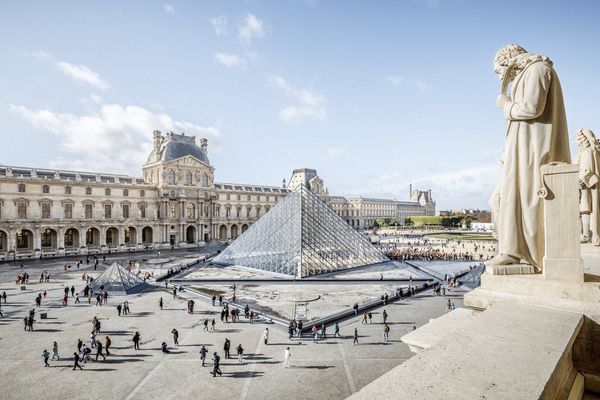
This article is based on Tesla’s patent application, “Integrated Energy Storage System,” and also on the two cutaways of the new Model Y structural battery pack that were shown at the Giga Berlin factory tour in October 2021.
A comparison between the Tesla patent app and the battery pack cutaways shows a lot of similarities, but there are still some unanswered questions. This is mainly because we can’t see what the pack construction is underneath the cells.
The first and most striking similarity is that both the patent and the cutaways show that the new structural pack can take either a mono slab 4680 cell array (f9) OR individual modules (f10).
If you look at the modules (f10), they look very similar to the current Gen 1 Model Y modules. There are four modules: two short ones and two long ones like in Gen1 (f4), plus the mounting points look similar to gen 1 modules (f10). However, at this point in time, we don’t know whether or not the modules are identical. The 2170 version of the new structural pack is therefore NOT cell to pack. It is cell to module to pack.


The second most striking similarity is the way the seats mount. Both the patent and the 4680 cutaway show that the seats are mounted to the pack and that the packs go in from the bottom. This seems to be a given based on all the news coverage so far.
However, there are still some questions about how the seats in the 2170 structural pack attach to the vehicle. The patent shows the seat mounts being attached to the body, not the pack, and there is a floor in the vehicle like the gen 1 Model Y (f3), (f4). The cutaway is unclear, but the way Tesla has the parts colored, the cutaway also suggests the seats mount to a separate floor plate (f10). Note that the floor plate and the seat mounts are painted white, which is the same color as the body. In the 4680 cutaway, the seat mounts are painted the same black color as the pack.
Another thing that seems to be certain now is that Tesla has retained the cooling ribbon/ snake cooling concept used since the first Model S. It is in the patent drawings AND the cutaway. You can see the stanchions that attach to the cooling ribbon (f9). We also believe that the new cooling ribbon will use a 2-pass setup to get a more even temperature distribution in the cells.
Now let’s get to some of the more obscure parts of the patent and the cutaway:
The patent makes mention of an integrated honeycomb grid that can absorb mechanical impact and cell gasses (f5), (f8). If the cells get too hot, the pressure in the cells gets high enough to open a safety valve in the cell and the gasses need a place to go. The last place we want these explosive gasses is in the passenger compartment.
The patent shows this honeycomb grid below the cells and suggests this is part of the pan in which the mono slab sits. Furthermore, it seems logical that this structure would be a cast piece that also doubles as a structural member contributing to the overall stiffness of the cast belly pan.
Unfortunately, we can’t see this honeycomb belly pan in the cutaways. However, our bet is that it is there. It almost has to be to add stiffness to the body and to increase the impact resistance.
We have included the entire slide presentation below for reference.










George Bower BSME | Keith Ritter BSME, PE







